[ad_1]
Alternate realities have historically dominated fact and fiction. From the use of augmented and digital realities in air overcome coaching to sci-fi stories and novelistic tales of wanting into a crystal ball, these surrogate realities have typically served humankind work much better or cope with the severe truths of the serious world.
Stepping into the upcoming, we can see virtual fact (VR) and augmented fact (AR) systems getting commonplace in our every day lives. The blended market for AR and VR headsets is predicted to expand tenfold from 2021 by means of 2028, and for the potential but to come, AR could possibly change that a person gadget that our lives count on so a lot — our smartphones.

Admittedly, the foreseeable future of the online — and how it envelops our life — will not advance in a straight line. But the astounding overuse of buzzwords (this kind of as the metaverse) displays the escalating intrigue bordering immersive encounters. Looking at screens no extended tends to make us tick as it utilised to, and we now want to indulge in and perceive our environment as a result of the extension of fact. Technologies these kinds of as AR and VR can fulfill this desire to possibly increase our present actuality or escape into a extra comforting one particular.
Why AR (and not VR) is the best smartphone replacement
While each AR and VR manipulate our vision and psyche in the same way, virtual actuality encounters are considerably much more immersive and provide us into an solely new realm. This publicity can be exhilarating at 1st but can eventually turn into alienating as it disconnects us from the genuine earth. Furthermore, mainly because VR activities shut out our precise actuality completely, thus complicated our senses, they can be nauseating if used for very long periods.
Meanwhile, augmented reality bridges the disconnect involving fact and a continual VR knowledge. As the name indicates, augmented actuality only health supplements our expertise with the serious earth by means of supplemental info that may possibly not be conveniently readily available. This enriches our imagination with out withdrawing us from the fact that we exist and reside in.
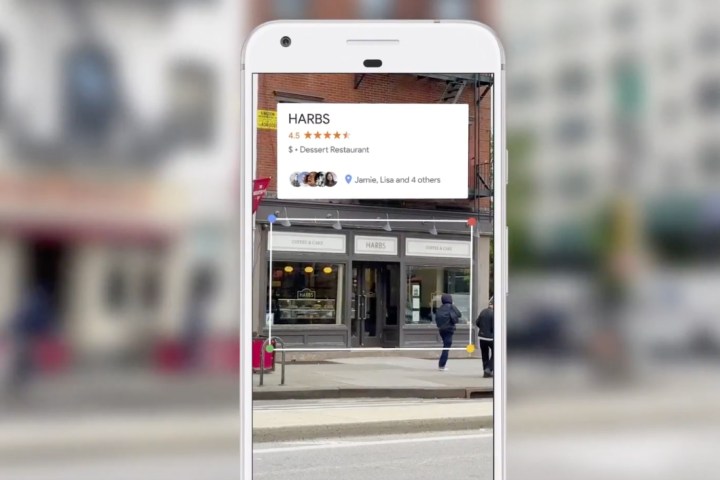
We can by now use our smartphones or tablets to probe our environment. For instance, we can point our smartphone cameras at foods menus or highway indicators in international languages to translate them utilizing applications this kind of as Google Lens. We can also discover about the surrounding structures and streets, or get move-by-step navigation with Google Maps or Apple Maps.
Even however VR can be equally entertaining, handy, or amazing as AR, the latter appears to be a additional future successor to our smartphones. We list some a lot more reasons supporting this argument below.
Advantage of use

An AR headset is mild and simple to wield as it only provides some areas to the authentic entire world as a substitute of possessing to develop an totally new digital realm. Next, the high-quality of graphics from an AR headset is not notably bound in terms of the display’s resolution mainly because we continue to see the authentic earth in all its glory. Due to the fact the display screen on an AR headset must render and system less factors, it can count on fewer demanding hardware (or even a smartphone) for its processing requirements. Therefore, most AR headsets are available as a pair of glasses.
In simple fact, organizations these as Oppo and Qualcomm have projected AR headsets to be extensions of smartphones. When that appears correct for the coming many years, positioning AR headsets in our life in location of smartphones appears to be the much more normal system of evolution — even if we’re a couple several years off from that taking place.
Familiarity
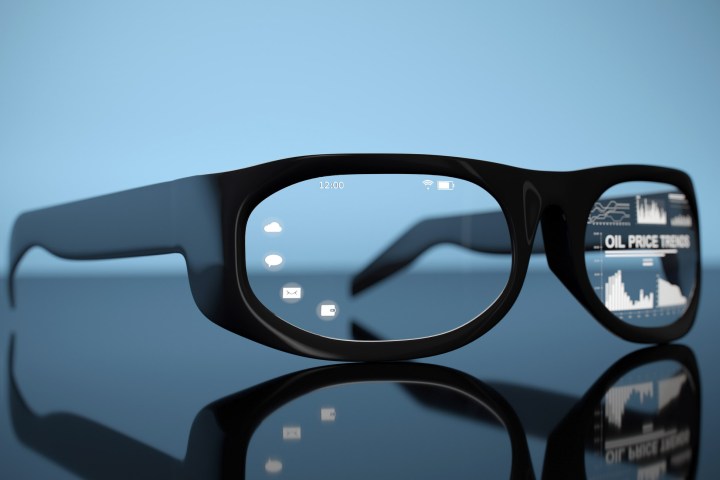
In the U.S. on your own, just about 200 million people today use eyeglasses for corrected vision, as for every the Vision Council of The united states, even though global usage stands at about two billion. These statistics testify that humankind has an personal connection with eyeglasses — and has experienced that for various centuries.
In normal, persons are inclined to gravitate towards solutions that are common to them, and this familiarity with eyeglasses can likely be a substantial driving force for the adoption of AR eyeglasses. In comparison, VR stays rather exceptional to lovers and industry experts who use it for gaming, suffering from the multiverse, or discovering. As of 2020, the quantity of AR customers was claimed to be virtually 1.5 instances that of VR, and the gap is anticipated to broaden in excess of the coming decades.
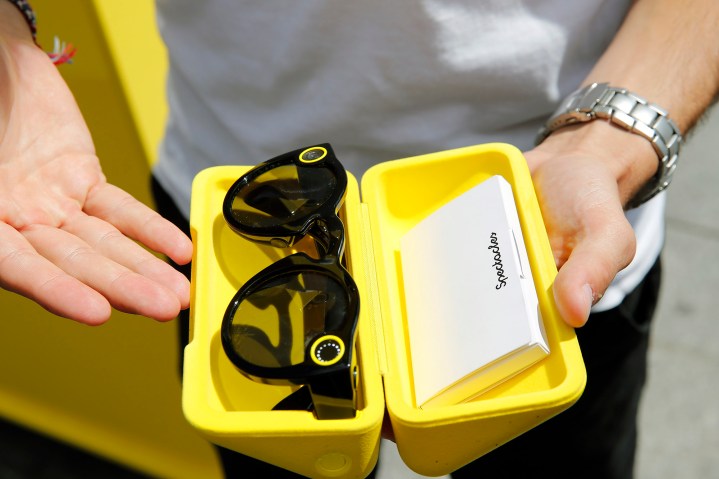
One of the most substantial contributors to the use of AR — even without having committed AR glasses — are filters on social media apps this sort of as Snapchat, Instagram, TikTok, and so forth. As we method a future with further penetration of AR, we can assume our social interactions to be noticeably enriched by the use of AR.
Wouldn’t it be thrilling to hear someone’s title in a social environment just as soon as and not fail to remember it mainly because your AR glasses bear in mind it and flash it in front of your eyes with no the other man or woman even being aware of? That’s what an evolution from smartphones to AR eyeglasses could enable.
Your every day surroundings, amplified
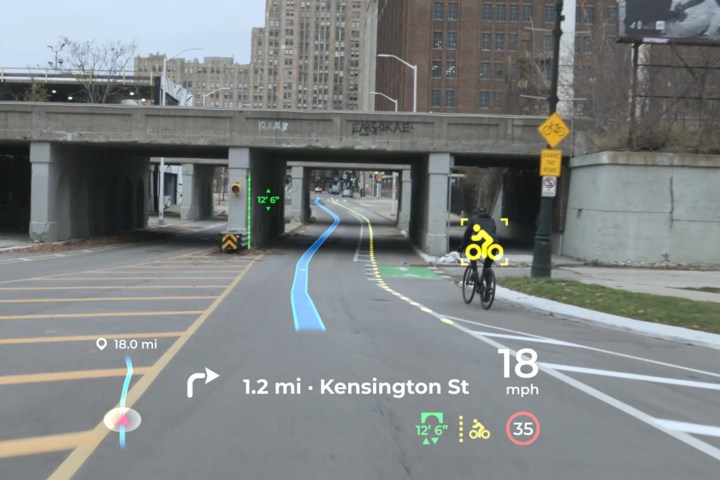
Moreover the advancement of systems these kinds of as AR and VR, we can assume device understanding (ML) and artificial intelligence (A.I.) to prosper around the coming decades. Assuming A.I. does not grow to be sentient and conquer the world, computer system eyesight is only envisioned to increase in the in close proximity to future. With this progression, the chance of A.I. analyzing the earth on our behalf as we glance at it by means of our AR eyeglasses is extremely higher.
As Nvidia notes, personal computer eyesight — also regarded as movie intelligence — can be employed to determine objects, faces, gestures, poses, and the general optical stream. Coupled with cloud computing, computer eyesight can come to be extensively readily available and fairly cost-effective for businesses to implement on their AR glasses.
Just visualize remaining ready to witness the globe like Iron Guy! With AR eyeglasses turning into component of our lives, humanity will achieve a superpower that telephones may under no circumstances be in a position to replicate.
Major tech’s developing curiosity in AR
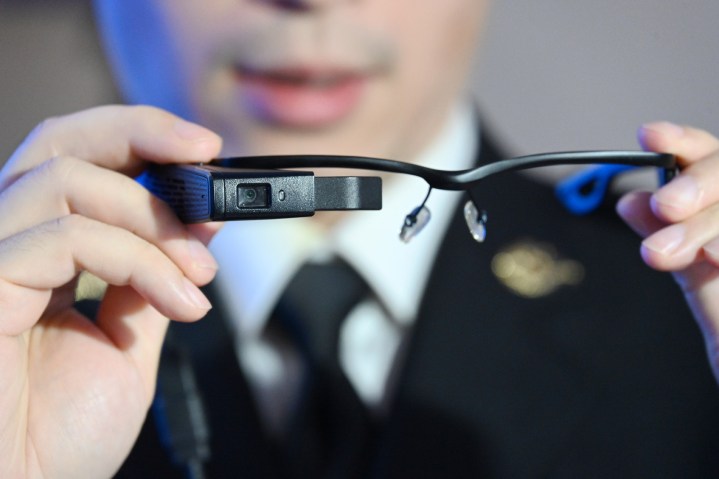
Evidence indicates that virtually almost everything Apple touches gets to be as incredibly hot as gold. The rumored AR headset by Apple is expected to get there in “late 2024,” but its fascination in the know-how can possible push the complete smartphone industry on an entirely new path. As for each celebrated Apple analyst Ming Chi-Kuo, Apple even strategies to swap the Iphone with AR glasses in the following ten years. That appears to be hugely plausible supplied the advancement of engineering.
Even just before Apple, we see lesser popular makes these types of as Oppo demonstrating the use situation of AR glasses as extensions to smartphones. Just substitute the smartphone with processing on the cloud, and we should really have a standalone AR headset personalized to tie you to a walled back garden.

Simultaneously, Meta’s AR glasses may well strike the cabinets months prior to Apple. Considering the company has a really effective portfolio of Oculus VR headsets, its good results with augmented actuality and metaverse experiences is virtually guaranteed.
And even even though the Google Glass and Microsoft HoloLens may possibly have been early to the sector, the companies’ experience with laptop or computer vision will empower them to present AR experiences integrated with the most used operating programs in the entire world — Android and Windows.
Problems that AR eyeglasses will not clear up

AR will probable dominate our social and personal lives significantly in the upcoming, but problems related with smartphones now could also go throughout to long run systems. People today might hope and encounter the identical “dopamine rush” that telephones are reported to offer. Zoning out or selectively blocking selected features of reality could possibly be much more available, while retreating from a convincingly aim actuality might develop into far more sophisticated than only urgent the energy button on our smartphones.
At the very same time, there are significant worries in front of engineers that create time-analyzed AR eyeglasses. Mapping and calibrating AR to be accurate could involve an comprehensive infrastructure of sensors and superfast wi-fi networks. The greatest way to solve this challenge will be to create a pervasive machine-to-equipment (M2M) mesh network in which each device or gadget interacts with each individual other gadget. Not just that, each bodily item, constructing, and probably even organic elements in the world will have to be supplemented with sensors. This way, each individual gadget will broadcast its data as an alternative of the AR glasses obtaining to detect and detect objects in their environment. That itself will be a mammoth job. In the meantime, safety and privacy problems open up up an additional can of worms we really don’t have time to dive into.
Finally, doing away with biases in A.I. will be one of the substantial troubles that engineers will have to deal with. Not like individuals, computers do not inherently know and practical experience emotions. Training them to judge and, additional importantly, respect human values will be an arduous job.
Editors’ Recommendations
[ad_2]
Source backlink




More Stories
Under Armour Shorts for the Family as low as $9.77 shipped!
Here’s What You NEED to Know
Can You Dye Your Hair after a Keratin Treatment?